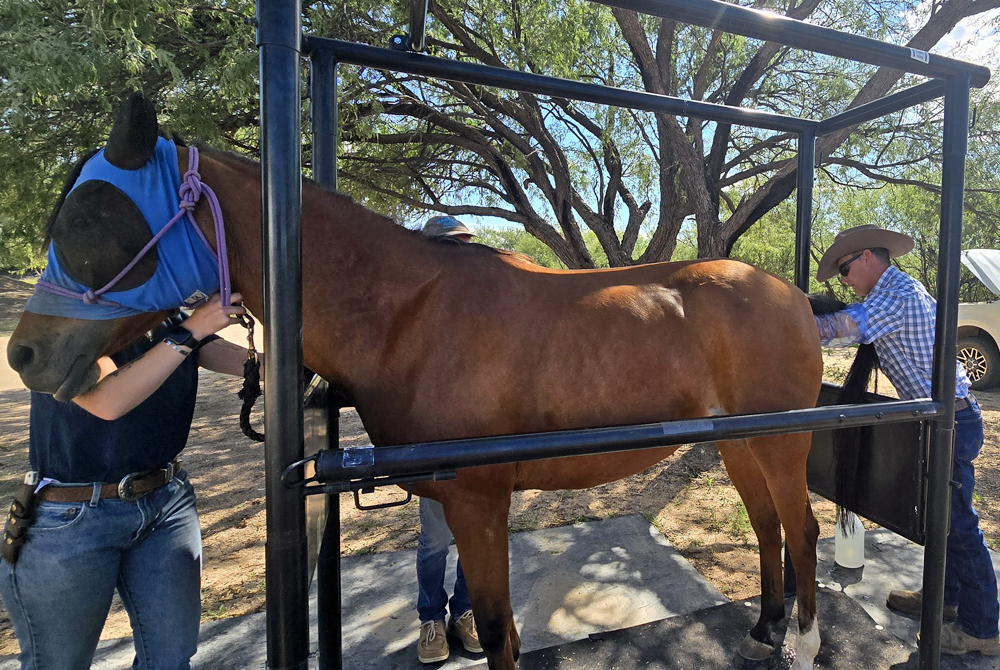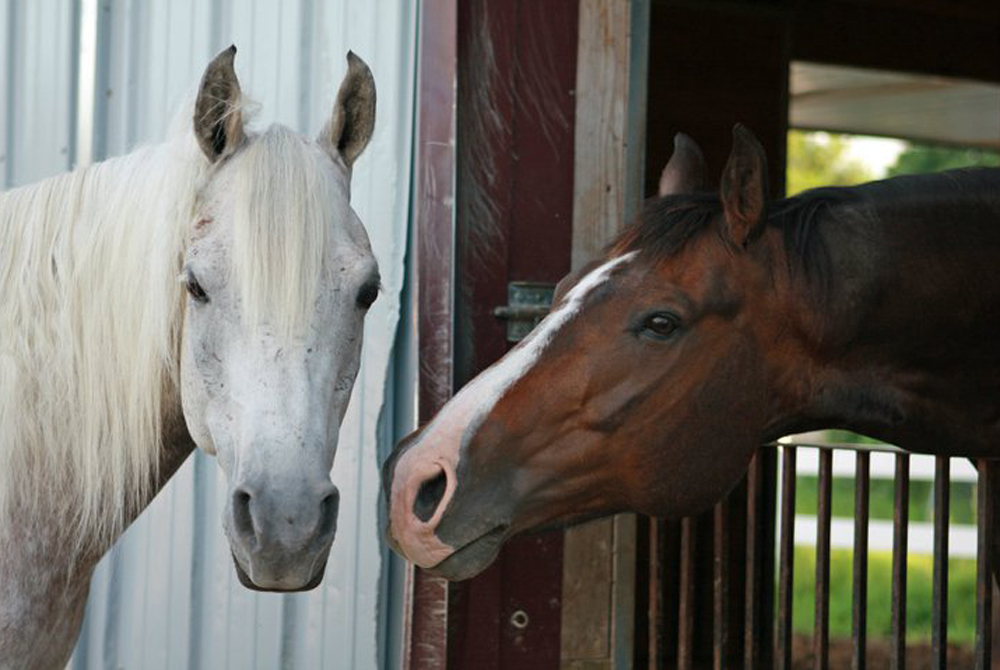Equine Colic Can Be Catastrophic… RIP Sadie
During veterinary school, the vast majority of equine colics we witnessed at the Purdue Large Animal Clinic had the potential to become surgical cases. For the most part, only the worst of the worst were referred to the vet school. Therefore, every time one of my own horses colicked, I had to remind myself that […]
Equine Colic Can Be Catastrophic… RIP Sadie Read More »


































